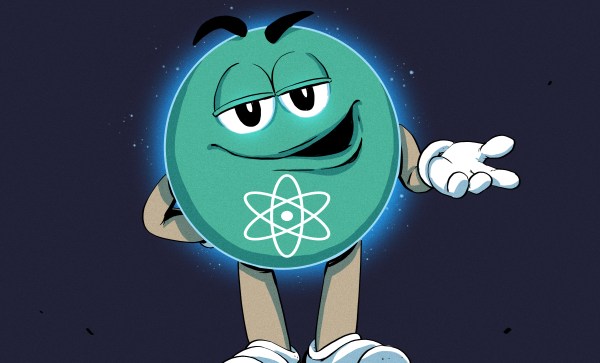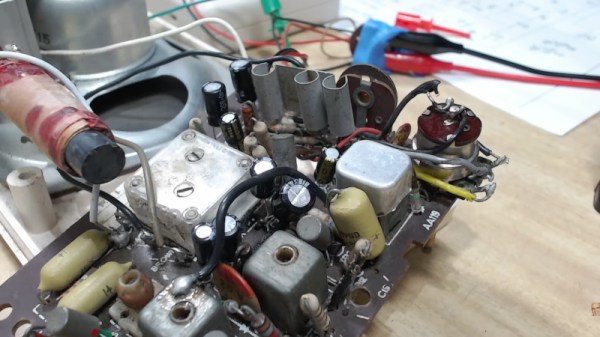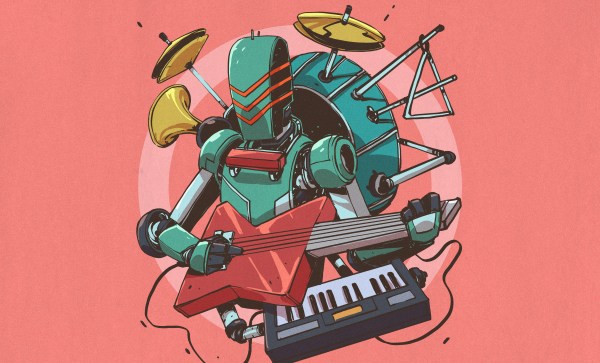We like [Thomas Sanladerer], so when we say his channel has gone in the toilet, we mean that quite literally. He had a broken toilet and wanted to compare options for effecting a 3D printed repair. The mechanism is a wall-mounted flush mechanism with a small broken plastic part. Luckily, he had another identical unit that provided a part that wasn’t broken.
The first attempt was to 3D scan the good part. The first scanner’s software turned out to be finicky, and [Thomas] finally gave up on it. He finally used a handheld scanner which took about a half hour. It wasn’t, of course, perfect, so he also had to do some more post-processing.
The next step was to make measurements and draw the part in CAD. It took the same amount as the scan, and it is worth noting that the part had curves and angles — it wasn’t just a faceplate. The printed results were good, although a measurement error made the CAD model bind a bit instead of pivoting the way it should. The scan, of course, got it right.
A quick revision of the design solved that problem but, of course, it added some time to the process. At the end, he noticed that the scanned “good” part was also broken but in a different way. He added the additional part, which didn’t seem to bother the function. The scanned object required a little trimming but nothing tremendous.
In the end, the scanning was a bit quicker, partly because it didn’t suffer from the measurement error. However, [Thomas] noted that it was more fun to work in CAD. We thought the results looked better, anyway. [Thomas] thinks the scanners, at least the budget ones, are probably better for just getting reference objects into CAD to guide you when you create the actual objects to print.
It isn’t hard to make a cheap scanner. Some of the open designs are quite sophisticated.
Continue reading “[Thomas Sanladerer]’s YouTube Channel Goes In The Toilet”



















